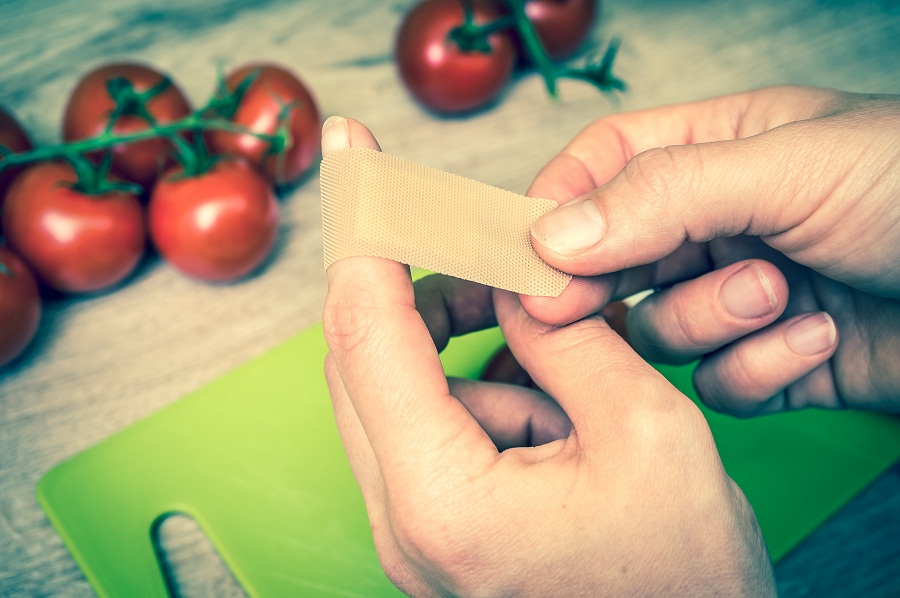
Published :
Updated :

Home is usually the safest place in the world. But that does not mean it is free from danger. How many times have we had the experience of suffering injuries at home? Most cases are minor, e.g., a cut or a scratch by common household tools or a burn caused by a hot water splash or by touching the cooking pan on the stovetop.
The most common household injury is the cuts or scrapes on the skin. This can affect adults and children alike. Kids get cuts or scratches while playing outside. Usually, these are minor accidents and do not need a physician.
The first thing to do for any cut or scratch is to clean the wound. This can be done by holding it under cool running water or washing it with normal saline. Rinsing the wound for 3-5 minutes should be good. One thing to remember is the actual wound should never be washed with soap, iodine or hydrogen peroxide due to the risk of irritation.
If there is still debris in the wound after rinsing, it should be removed using tweezers. Before use, the tweezers need to be cleaned by using disinfectants. Once the cut or scratch is clean, dry it with a clean cloth. No further action is usually necessary if it is small with clean edges.
Sometimes people apply over-the-counter ointments, which is fine. However, if the wound is in a part of the body that may get dirty, it is better to cover it with a bandage. This should be changed every day. When the wound is healed, the bandage can be removed.
Not all cuts and scratches can be treated at home, though. If it is long, deep with jagged edges, or the bleeding cannot be stopped, or there are signs of infection, e.g., high fever, red and swollen wound, pus formation etc., immediate medical attention must be sought.
If the injury results from a rusty tool, a tetanus shot may be required. Cut from bites, whether human or animal, needs to be seen by a physician.
Another common household danger is a burn, especially in the kitchen. It is generally well-known that when the skin is burned, it must be held in cold running water. Alternatively, we can soak the area with cool water from a bowl, but no ice should be applied. How long the water treatment continues depends on the size of the burn. Usually, it is between 5-30 minutes.
Following the water treatment, the area has to be cleaned by patting it with a clean and soft towel. Then spread a thin layer of petroleum jelly or Vaseline. If the area is at risk of getting dirty or getting rubbed, it may be wrapped with gauze. This dressing should be changed regularly.
However, certain cases call for expert help. If the burn is more than 3 inches long, severe, or affecting vital body parts (e.g. face, genitalia etc.), or caused by chemicals, the patient must contact the physician immediately. If a minor treated burn shows symptoms of infections, it also has to be checked by a doctor.
imtiazdmc@gmail.com


 For all latest news, follow The Financial Express Google News channel.
For all latest news, follow The Financial Express Google News channel.